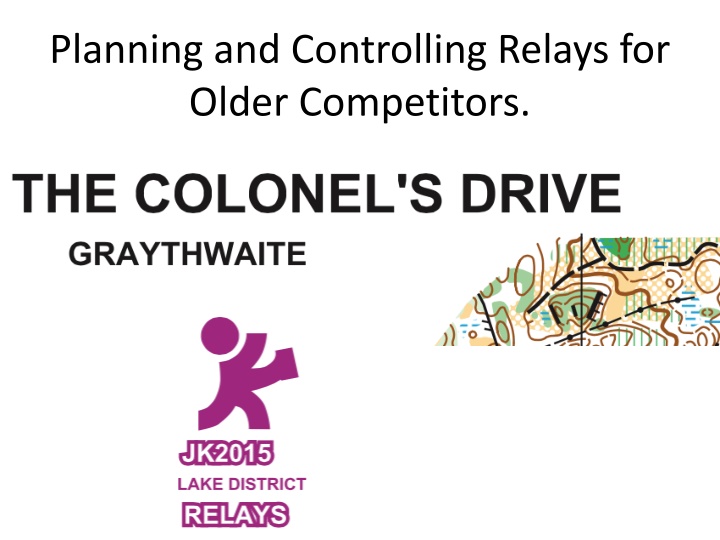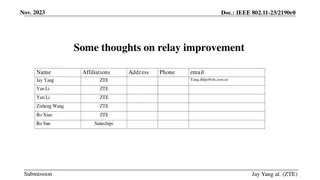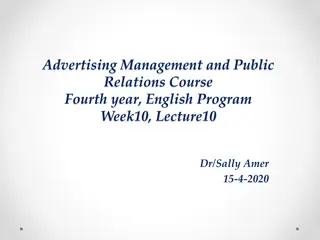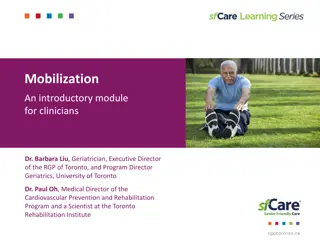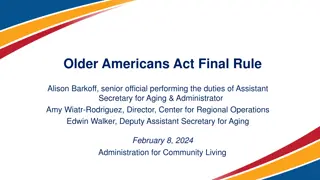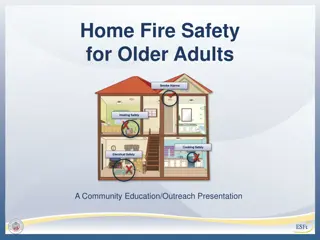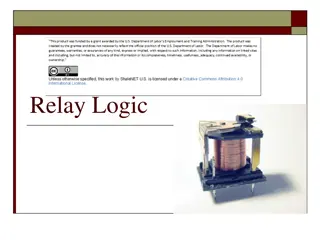Planning and Controlling Relays for Older Competitors
In the realm of orienteering, considerations for older participants are crucial. This collection of images and insights delves into the challenges and strategies surrounding relays for senior competitors, emphasizing safety, course design, and navigation in challenging terrains. The focus on accommodating older runners while maintaining competitive excitement shines through the perspectives shared by event organizers and controllers.
Download Presentation

Please find below an Image/Link to download the presentation.
The content on the website is provided AS IS for your information and personal use only. It may not be sold, licensed, or shared on other websites without obtaining consent from the author.If you encounter any issues during the download, it is possible that the publisher has removed the file from their server.
You are allowed to download the files provided on this website for personal or commercial use, subject to the condition that they are used lawfully. All files are the property of their respective owners.
The content on the website is provided AS IS for your information and personal use only. It may not be sold, licensed, or shared on other websites without obtaining consent from the author.
E N D
Presentation Transcript
Planning and Controlling Relays for Older Competitors.
Allan Williams WCH Controller Quentin harding SROC Planner
You cant avoid climb by walking to the start. Relays can only have 1 start. But are long walks to a start a problem for older runners ?
Low assembly area Therefore everyone has to climb Everyone would have to Go up to the ridge and back down.
After spending some time in the area I decided the safest descent for all the competitors would be the one that was used. Quentin. Not too steep, not rocky.
Serious Fall here Some people used this route
Veterans can get everywhere. e.g 35+35+50
From the Planner While I did not envisage my main customer of AdHoc Leg2 would be older veterans, this age group was very much on my mind for the MW210+ for which the average age per team is 70. The guidelines say that this course should run the same as the Women s Short, W165+ and the W48- and it was planned to provide a technical challenge without adding any extra climb, indeed the climb for the second leg was estimated at being the same as this orange course.
Conditions can change.
Where was my focus as controller ? Safe Junior courses in a challenging area. Getting TD right for AdHoc (With Gaffling and fixed leg order) Avoiding dangers, especially trips on wires and fence supports. Removing branches from main downhill run in. Getting the right map to the right runner. Not specific to older competitors but all useful.
